Resilient Plants For Extreme Weather: Planting To Safeguard And Protect Against The Elements
Growing plants that can withstand bizarre weather patterns is becoming more of a worry these days. Try these resilient plants and plantings to boost levels of protection

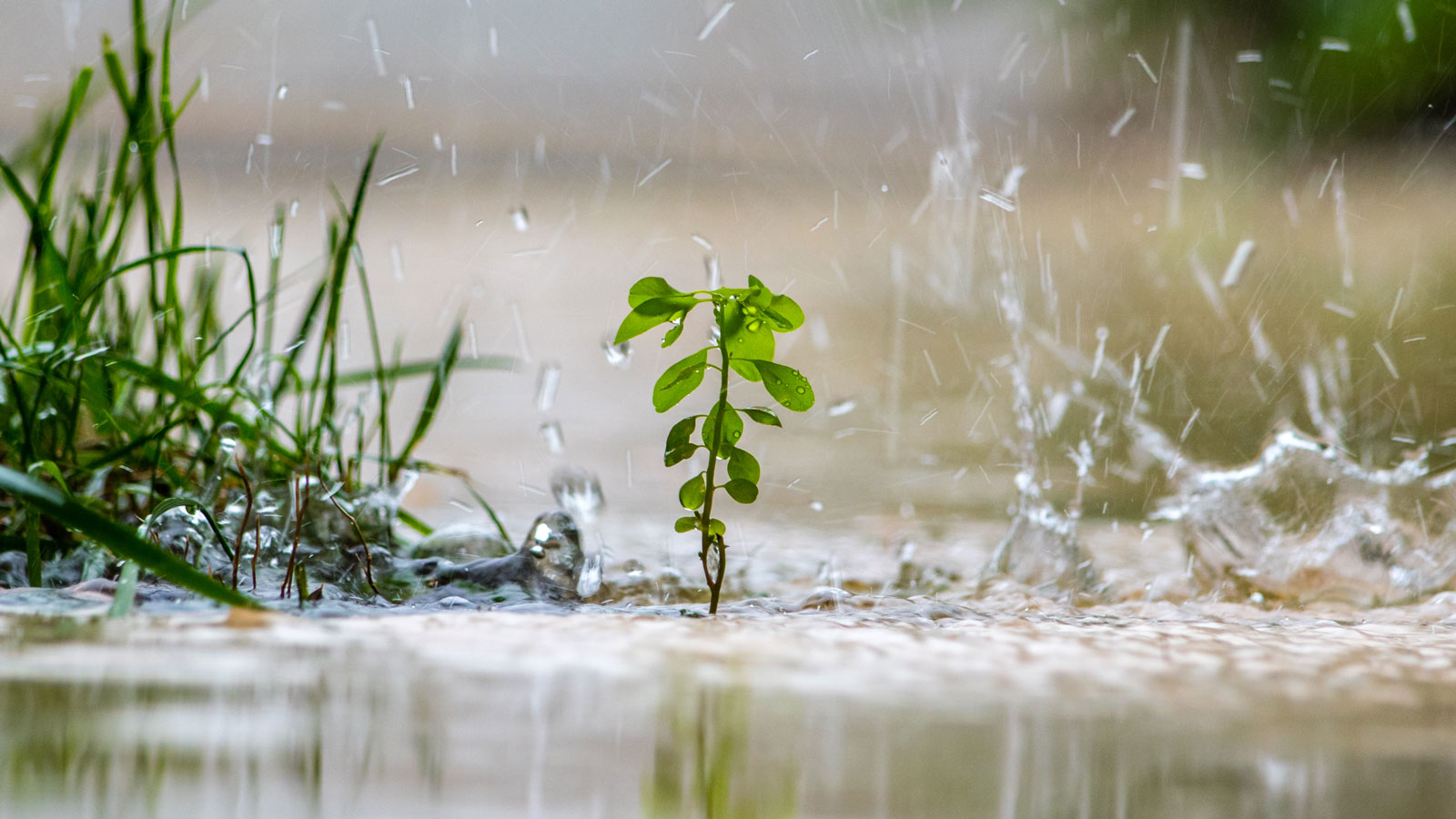
Resilient plants are important for creating a landscape that’s ready for any kind of weather. Wherever you live, you could be faced with some sort of weather crisis, whether it involves heat, cold, drought, flooding, wind or fire, all of which can be a gardening challenge. Selecting plants resistant to extreme temperature changes, bursts of volatility and radical exposure to the elements could help to spare your landscape substantial grief.
No matter where you live, weather extremes are now the norm. From ice to fire, it is hard to predict what extreme will befall your landscape. If you can incorporate some weather-resilient plants in your garden, you will be prepared for whatever extreme comes your way. Listed below are planting suggestions that may resist fire, cold, heat, high winds, drought or flooding.
Great Planting Ideas to Protect Your Garden From Weather Extremes
Most of us choose plants for their ornamental or wildlife value, but with extreme weather challenges now at the forefront, it pays to incorporate plants that are tough as nails. Whether you are growing in areas that are vulnerable to high winds, floods or droughts, these plants hold their own. Selecting plants for extreme weather gives you a distinct advantage when the elements strike.
1. Plants that Can Stand the Heat
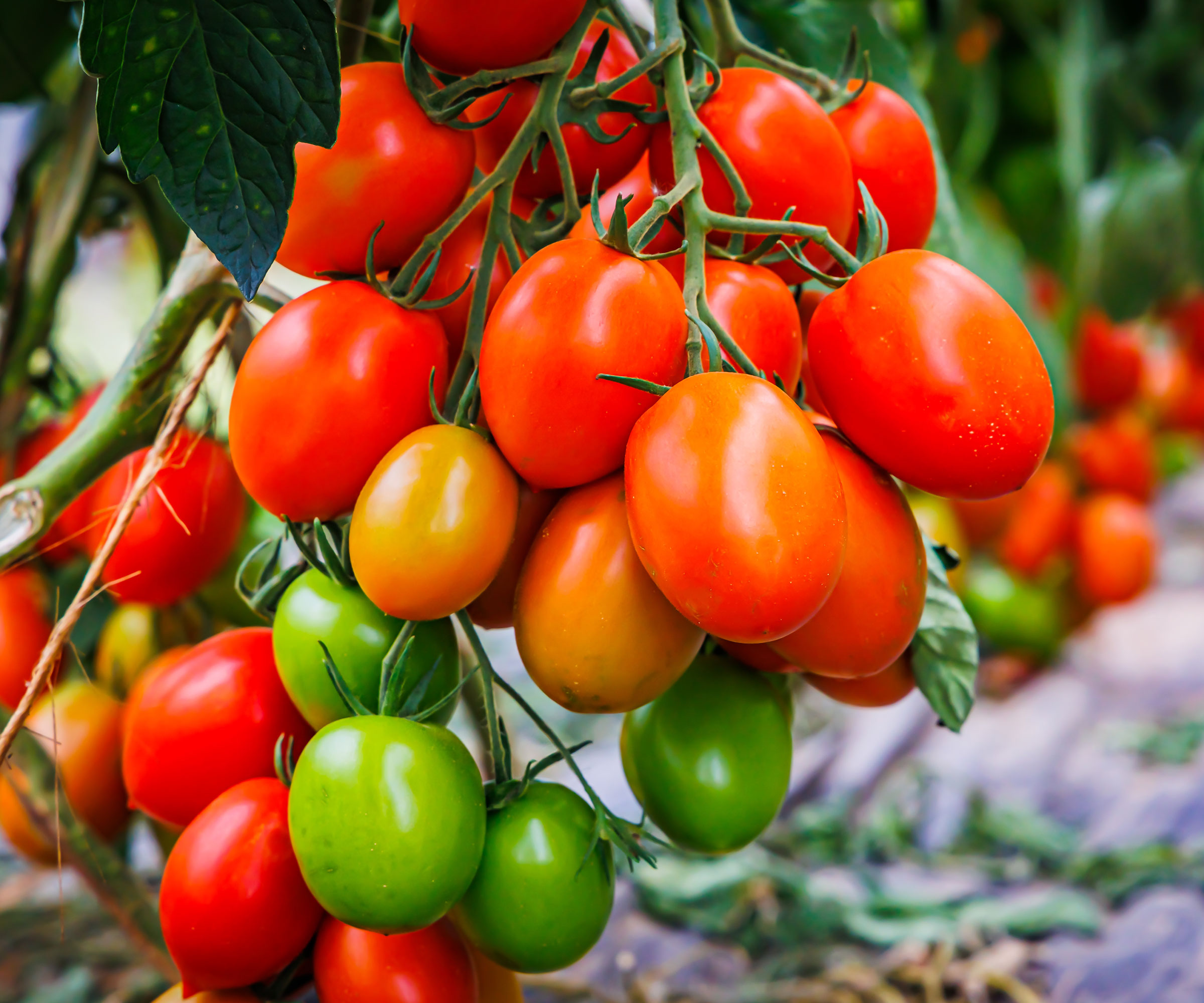
If the temperatures are rising in your part of the country, you may want to consider heat-tolerant vegetable plants. When shopping for vegetable seeds look for labels such as heat tolerant. You can start with Southern peas, yardlong beans, okra or sweet potato.
- Tomatoes won’t set seed if temperatures exceed 90 degrees Fahrenheit (32°C). Some hybrid cultivars are bred to produce fruit in hot climates. Try Summer Set, Sun Leaper, Solar Set, Sun Sugar, Heatmaster, Solar Fire, Florida 91. For open pollinated varieties try Roma or Arkansas Traveler. You may beat the heat by choosing early maturing tomato cultivars such as Early Girl and 4th of July.
- If you like growing lettuce in the garden but high temperatures are causing it to bolt, try these hot weather vegetable varieties such as Bronze Arrow, Bronze Beauty and Merlot.
- Another way to cool vegetables during a heat wave is to erect a shade cloth above the garden. Or, next season, move to a shadier spot. You also can try growing earlier or later in the year.
2. Planting for Cold Protection
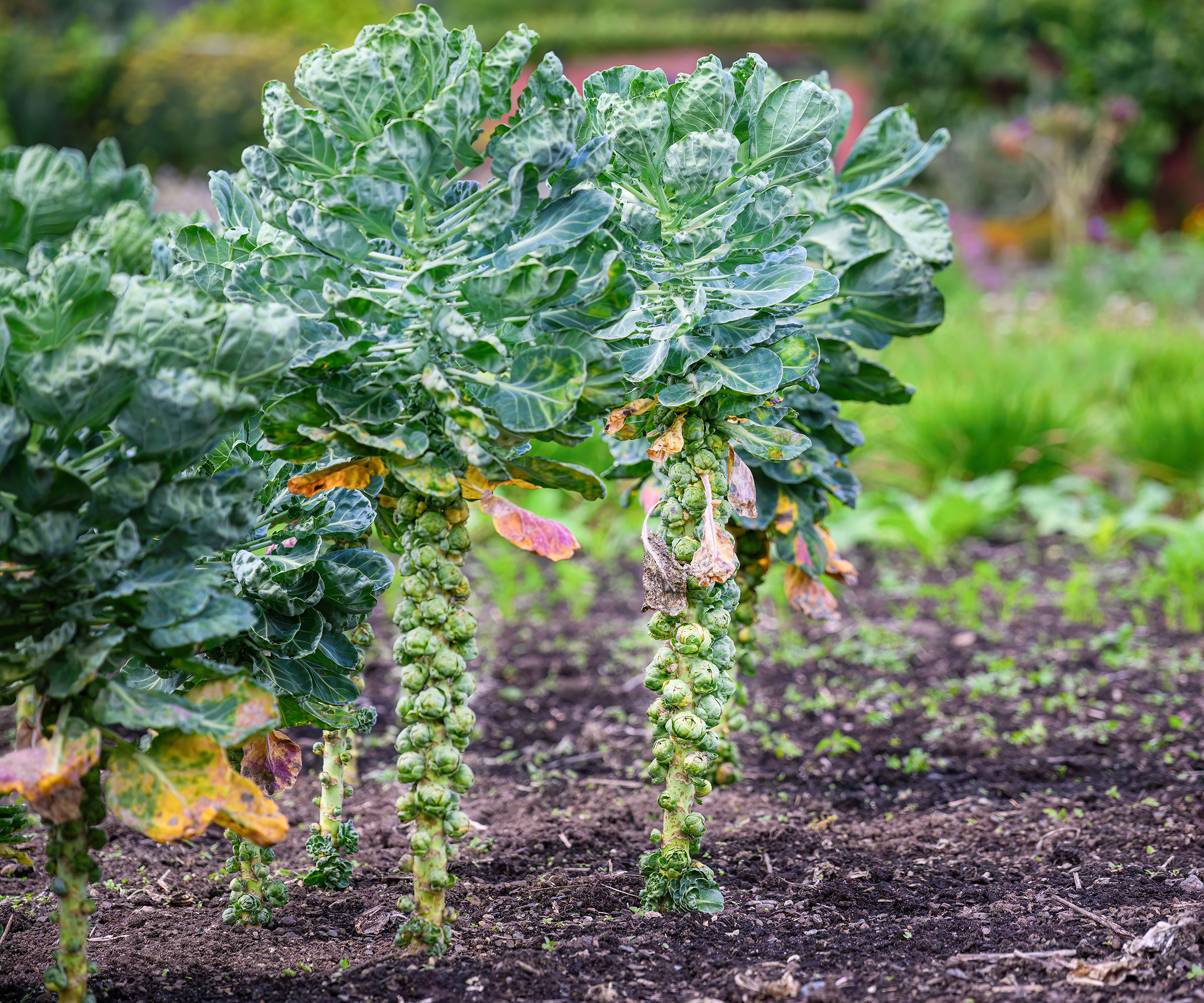
To plant vegetables in the fall for harvesting in spring, you need frost tolerant options if you live north of zone 10 in the US. Depending on the crop, plants should be in the ground between mid-August to October. Some of the hardiest vegetables are arugula, broccoli, Brussels sprouts, cabbage, collards, corn salad, fava beans, garlic, kale, kohlrabi, leeks, mustard greens, onions, radish, rhubarb, spinach and turnip. They can generally withstand air temperatures below 28°F (-2.2°C).
Semi-hardy plants can tolerate temperatures 28 to 32°F (-2.2 to 0°C) range. Those include beets, carrots, cauliflower, celery, chard, Chinese cabbage, endive, garden pea, lettuce, parsley, parsnip, radicchio. You can give them extra protection from cold or rain with plastic high or low tunnels, cloches, or row covers. For extra warmth, mulch the winter veggies. Don’t panic if it snows; a blanket of snow will protect the slumbering vegetables.
3. Drought-Tolerant Planting
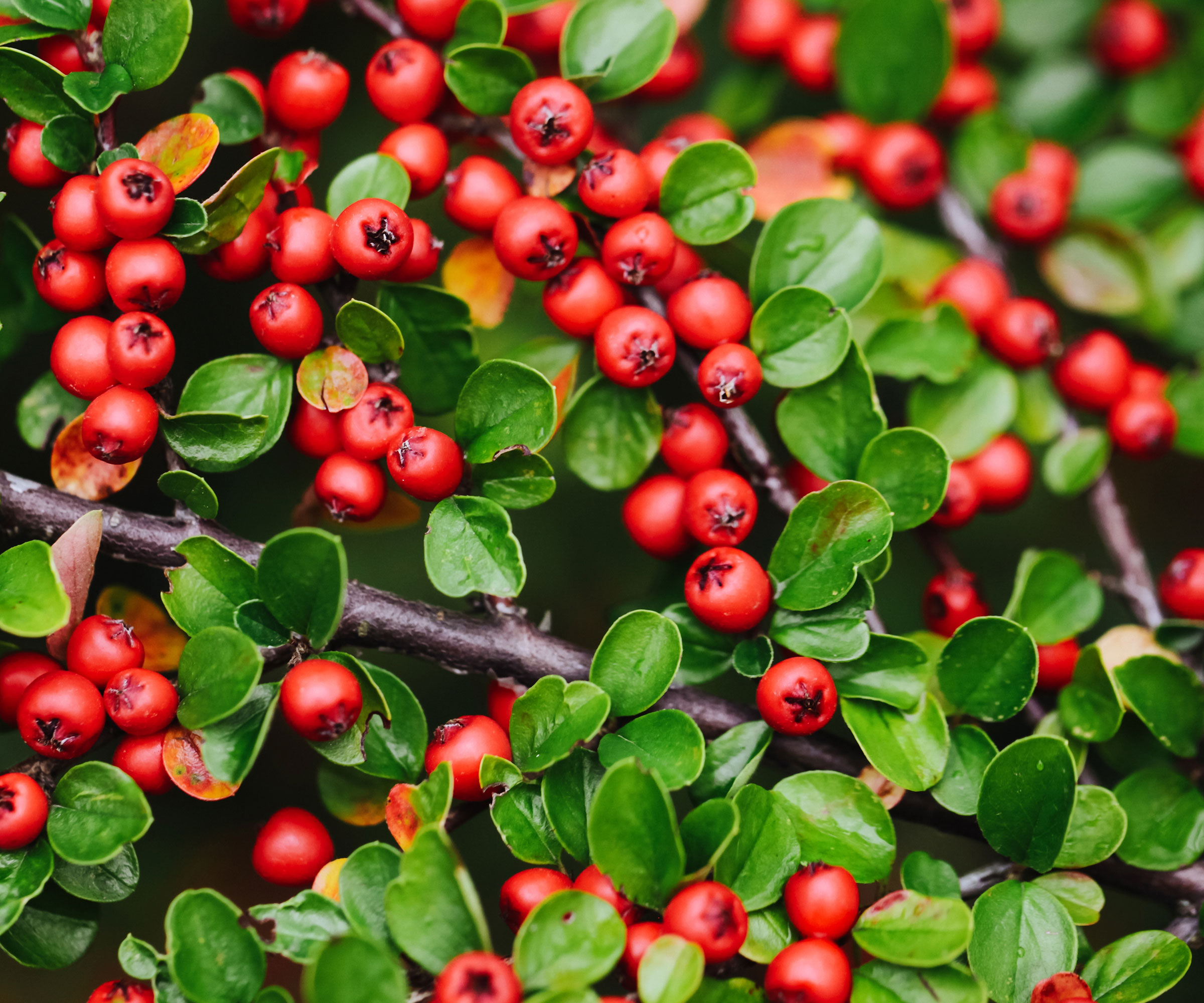
Choosing drought-tolerant perennial plants will conserve water and are ideal to plant the furthest from an irrigation source, or if you live in an arid climate. Trees that are considered drought tolerant include Kousa dogwood, American smoke tree, Ginkgo, Goldenraintree, lacebark elm, river birch, chitalpa, and many species of oaks. Shrubs such as aronia, cotoneaster, pearlbush, panicle hydrangea, spirea, and ninebark are considered drought tolerant once established. All plants need regular watering until they are well established, and that can take up to a year.
There are so many perennials that qualify as water-wise plants that can help you save water in your landscape. Examples include agastache, hollyhock, coreopsis, echinacea, gaillardia, gaura, daylily, iris, candytuft and sedum. Annuals such as lantana, pentas, dianthus, rose moss, and cosmos are considered drought tolerant but may require up to half an inch (just over 1cm) of additional water each week.
Sign up for the Gardening Know How newsletter today and receive a free copy of our e-book "How to Grow Delicious Tomatoes".
4. Plants To Withstand Floods
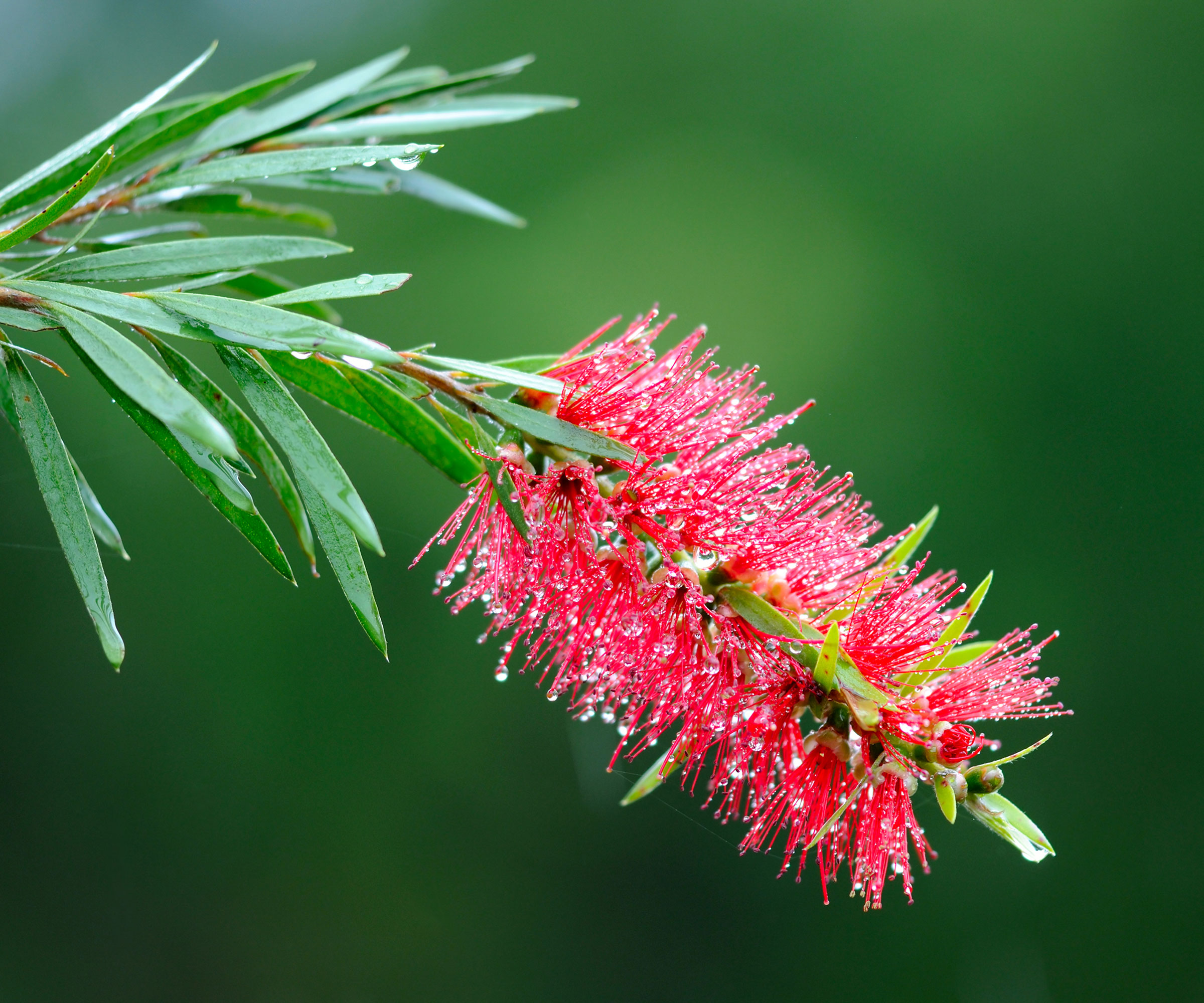
While some plants can tolerate wet conditions more than others, most plants can survive a flood if the waterlogged situation does not last more than a week. Beyond that, roots begin to die because of the lack of oxygen in water-compacted soils. If you live in an area that is prone to flooding, it is beneficial to plant trees, shrubs, and perennials that are known to be flood-tolerant plants.
For trees, bald cypress, boxelder, river birch, Canary Island date palm, crape myrtle, black cottonwood, Dahoon holly, common hackberry, bur oak, and pin oak can tolerate wet soils. For shrubs, choose bottlebrush, Douglas spirea, red twig dogwood, American elderberry, common pussy willow and Virginia sweetspire. Tough perennials include perennial milkweed, muhly grass, gardenia and bougainvillea.
5. Fire-Resistant Planting
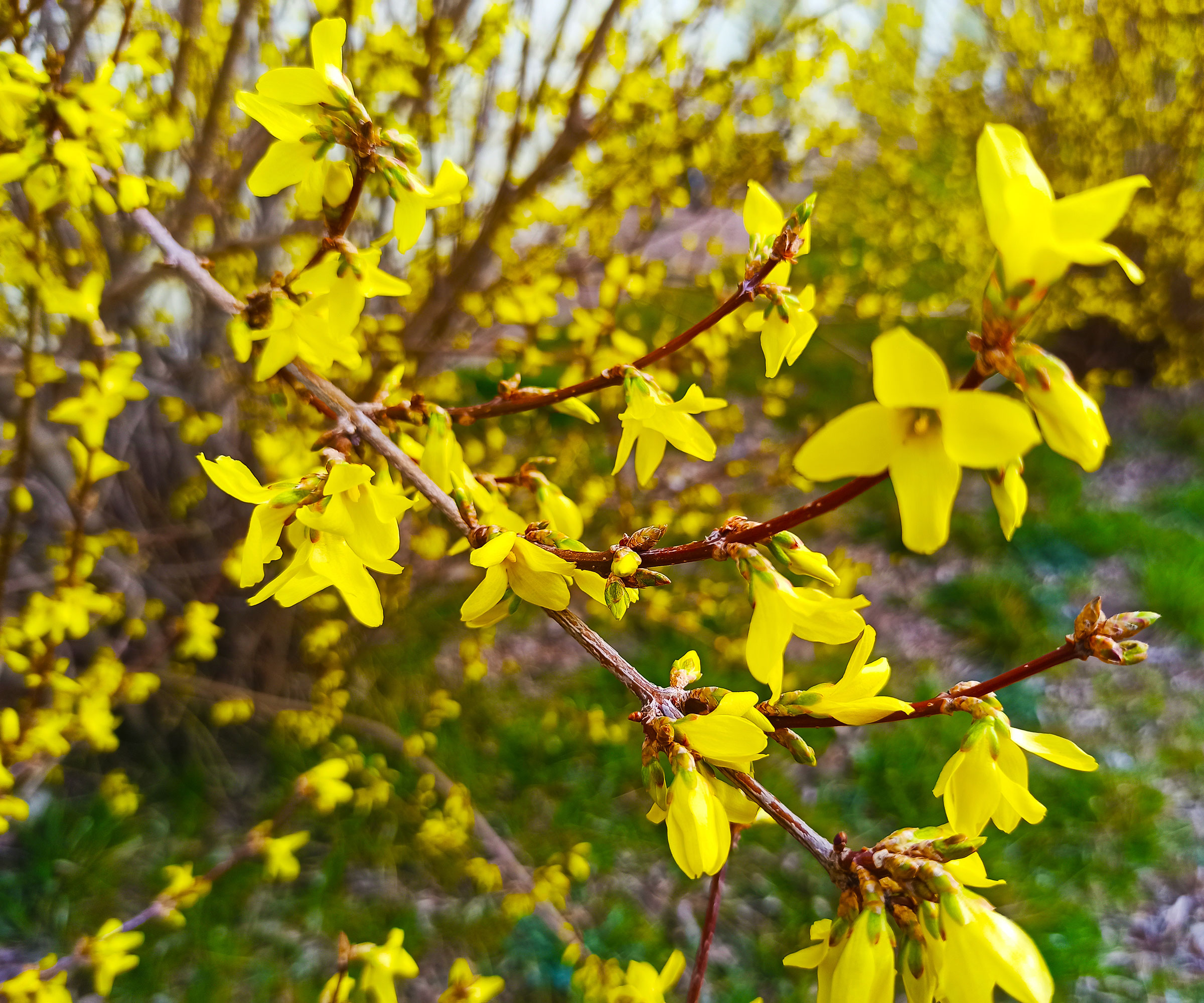
It is important to choose fire-resistant plants that will be close to your home, such as foundation plants. Native plants typically are more firewise, especially drought-tolerant native plants that have a high internal water content. Fire-resistant plants tend to have moist, supple leaves, non-aromatic sap, and are slow to burn.
Shrubs that meet fire-resistant guidelines include azalea, butterfly bush, camelia, forsythia, lilac, rose of Sharon, spirea, and viburnum. Deciduous trees such as oak, maple, redbud, and dogwood are desirable, but most conifers are considered highly flammable and should not be growing next to structures.
Groundcovers suitable near the home include ajuga, sedum, hen and chicks, and creeping thyme. Perennial plants that are firewise include daylily, iris, echinacea, hosta, columbine, bulbs, and coreopsis.
Plants that are considered flammable have resinous, aromatic sap; dry, dead material; papery bark; and/or contain oils. If you are planning a firewise landscape avoid conifers, palms, sagebrush, rosemary, eucalyptus, and fountain grass, as well as other dry ornamental grasses.
6. Wind-Proof Planting

It’s also important to choose wind-resistant plants in areas where high winds are becoming more of a feature. Trees that do well in windy sites tend to have a strong branch structure with well-spaced limbs. Conifers such as pine trees also make effective plants for high winds, as do cypress, juniper and Chamaecyparis. Oak trees and dogwood also are high on the list of wind-resistant plants. Choosing trees and shrubs for a windbreak or to create a barrier around your property will help protect the plants inside. Other plants that resist high winds include cotoneaster, ceanothus (California lilac) and pittosporum.

After graduating from Oklahoma State University with a degree in English, Susan pursued a career in communications. In addition, she wrote garden articles for magazines and authored a newspaper gardening column for many years. She contributed South-Central regional gardening columns for four years to Lowes.com. While living in Oklahoma, she served as a master gardener for 17 years.